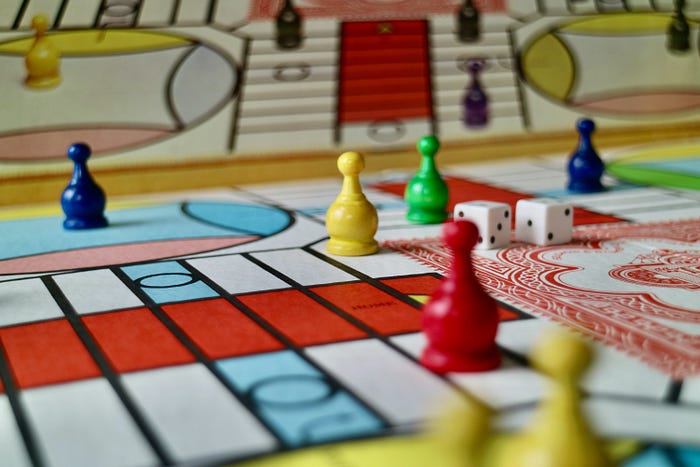
Reinforcement Learning: Multi-Agent Cooperation with MADQN— Part 5
Last Updated on December 30, 2023 by Editorial Team
Author(s): Tan Pengshi Alvin
Originally published on Towards AI.
Multi-agent reinforcement learning with 3 MADQN frameworks on the ma-gym’s “Switch4” environment
Image by Nik Korba on Unsplash
With the introduction of Function Approximation methods in Part 4, we are ready to solve Reinforcement Learning problems in more complicated environments with dynamic and continuous states. In this article, we will further extend this knowledge to solve Multi-Agent Reinforcement Learning problems in these environments. To refresh our understanding of Function Approximation and Deep Q-Networks for single-agent settings, check out the previous article (Part 4) below:
Reinforcement Learning with continuous state spaces and gradient descent techniques
pub.towardsai.net
So far, we have dealt with a single decision-making agent that aims to act optimally under uncertainty in an environment to produce maximum long-term reward relative to a task. In Multi-Agent Reinforcement Learning, however, there is an added layer of complexity in which more than one agent is present, and these agents could either be cooperative or adversarial, or a mix of both. In these settings, each agent’s state includes observation not only about itself but also about other agents’ positions and their activities.
In training adversarial multi-agent models, the goal is for all competing agents to discover the optimal strategies against opposing parties by reaching a game state called Nash Equilibrium. As such, adversarial Multi-Agent Reinforcement Learning can be adapted and… Read the full blog for free on Medium.
Join thousands of data leaders on the AI newsletter. Join over 80,000 subscribers and keep up to date with the latest developments in AI. From research to projects and ideas. If you are building an AI startup, an AI-related product, or a service, we invite you to consider becoming a sponsor.
Published via Towards AI
Take our 90+ lesson From Beginner to Advanced LLM Developer Certification: From choosing a project to deploying a working product this is the most comprehensive and practical LLM course out there!
Towards AI has published Building LLMs for Production—our 470+ page guide to mastering LLMs with practical projects and expert insights!

Discover Your Dream AI Career at Towards AI Jobs
Towards AI has built a jobs board tailored specifically to Machine Learning and Data Science Jobs and Skills. Our software searches for live AI jobs each hour, labels and categorises them and makes them easily searchable. Explore over 40,000 live jobs today with Towards AI Jobs!
Note: Content contains the views of the contributing authors and not Towards AI.















